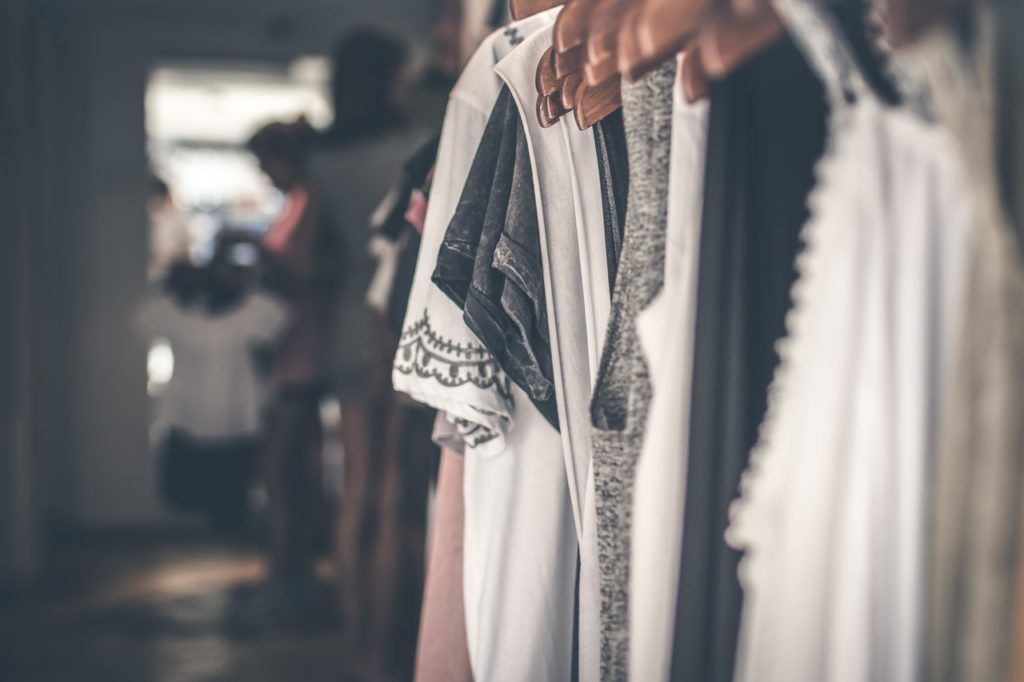Environmental protection has become an influential trend that cannot be ignored. International fashion design masters have set off a wave of “ecology fever”, continuously launching environmentally friendly lines of clothing. Environmentally friendly fabrics are low-carbon, energy-saving, environmentally friendly fabrics, that are naturally free of harmful substances. The following are some of the most common naturally recyclable fabrics.
Organic cotton
Organic cotton is a form of cotton that is toxin-free. Chemical products are not allowed in the process of making organic cotton fabrics. There are no pesticides, nitrates, or harmful chemicals used. Cotton fabrics are recyclable and biodegradable. This material can then be used to manufacture beautiful cotton pajamas and bedding.
Coloured cotton

Coloured cotton is a fairly new type of cotton. Natural coloured cotton is cultivated using modern bio-engineering technology. The fibre has a natural colour, and compared to ordinary cotton, it is much more comfortable. Coloured cotton is soft, breathable, and easy to wear. The material has been named the Zero Pollution Fabric, or nicknamed ecological cotton. It is easily recyclable, making it a sustainable fabric.
Bamboo fibre
Bamboo fibre is a raw material made from bamboo. Knitted fabrics and garments produced from bamboo yarn are significantly different from other cotton and wood-type cellulose fibres. It has a unique style and is quick-drying, moisture absorbing and durable. As it comes from bamboo, it is an easily recyclable and biodegradable fabric. Furthermore, bamboo grows extremely quickly, making is a sustainable raw material. On average, it takes bamboo 3 to 5 years to become fully grown.
Organic wool
Organic wool is produced on farms free from chemicals and GMOs. In recent months, the market’s interest in organic wool has greatly increased. Being an animal product, it is completely biodegradable and recyclable, making it one of the most sustainable fabrics. Wool is also an extremely durable product, and will ensure your garments stand the test of time.
Mulberry Silk
Silk clothing has always represented elegance and class, as mulberry silk is very delicate and precious. It is a natural animal protein fibre made by silkworms. The fabric is smooth and soft, rich in lustre, warm in winter and cool in summer. Mulberry silk is easily recyclable, making it eco-friendly. Luxurious silk pj sets and bedding sets are some of the best ways to experience this beautiful fabric. Silk also has several benefits for the skin. The fabric helps to keep skin moisturised and healthy.
Hemp fibres
Hemp fibres are fibres obtained from the hemp crop. It can be woven into various cool linen cloths and summer clothes. Hemp fibres can also be blended with cotton, wool, silk or chemical fibre. The surface of hemp and flax fibre is smooth, which makes it easier for the material to absorb water. Hemp fibres are easing recyclable and have biodegradable properties.
Lotus fibre
Spinning lotus fibres into fabrics may sound like a fantasy to some western countries. Still, in countries such as Thailand and Myanmar, the history of villagers using lotus fibres to spin precious fabrics can be traced back hundreds of years. This weaving process is very labour-intensive and time-consuming. After people collect lotus flowers from the lake, craftsmen cut the ends of the stems into thin slices and pull long, thin fibres from the centre. This work of art leaves you with beautiful fabrics that are both recyclable and biodegradable.
So, with all of these options to craft beautiful clothes from, there is no longer any excuse to use toxic fabrics, or unsustainable and ecologically damaging synthetic fibres. Consumers should aim to purchase organic and sustainable materials when purchasing new clothes in order to reduce their environmental impact.

